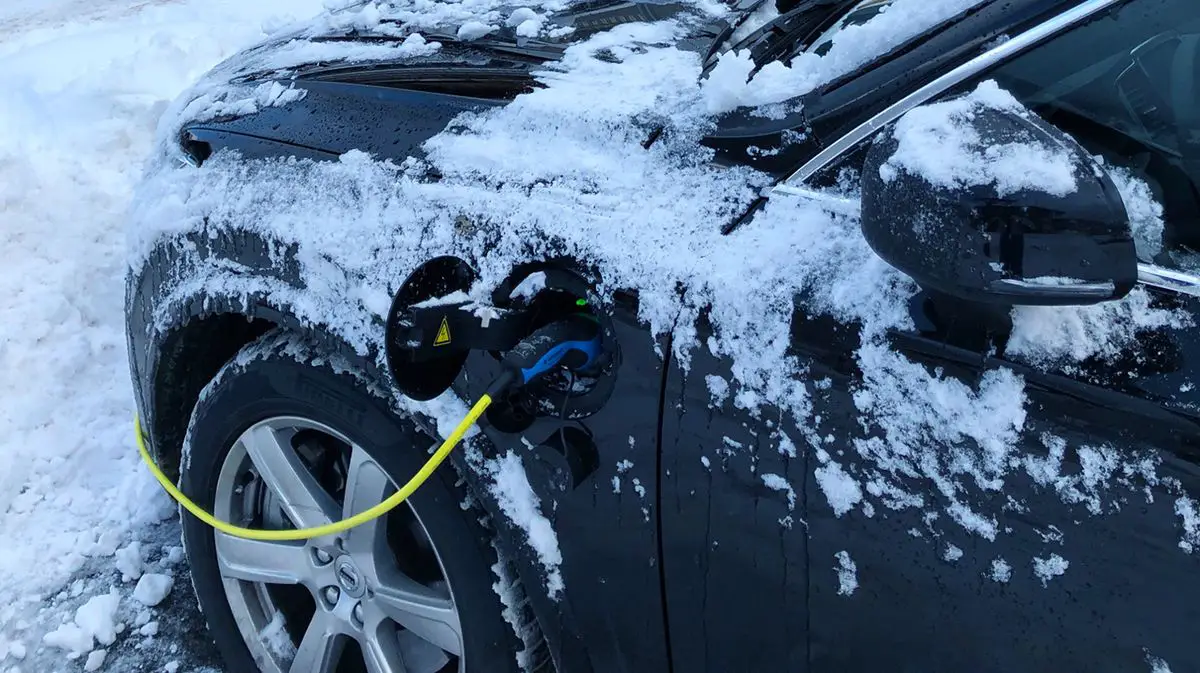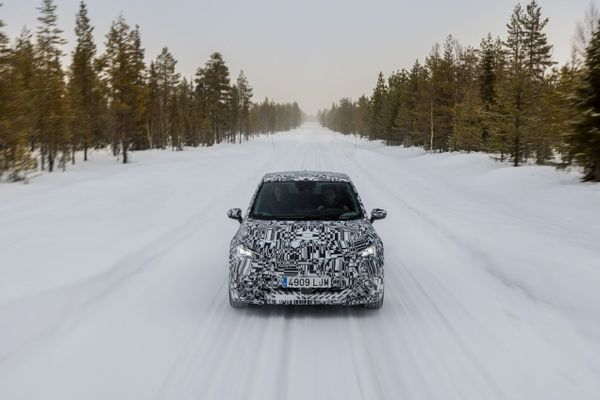Tips for Charging an Electric Vehicle in Winter.
Electric vehicle (EV) owners should know that winter is neither a problem nor an impediment to a good driving experience, even in the coldest areas. Electric Vehicles run better in colder conditions than a diesel-fueled vehicles.


Electric vehicle (EV) owners should know that winter is neither a problem nor an impediment to a good driving experience, even in the coldest areas.
Electric Vehicles run better in colder conditions than a diesel-fueled vehicles. With temperatures as cold as 40 below zero Fahrenheit, diesel vehicles run into problems in temperatures of 13 below.
But of course, there are some important points that an EV driver should care about in winter. Here are some tips to put into consideration during winter:-
- Plan your route precisely and include charging stops accordingly. Before the EV stops, there are sufficient warnings and the maximum speed is restricted, but it is definitely more pleasant to plan ahead – including the charging stops.
- Pre-condition the battery before charging at high speed/Level 3/DC charging stations (for example- Electrify America, Tesla Supercharger), if the vehicle offers this function. So far, only Tesla, Porsche (with the Taycan), and Daimler with the EQ series allow preheating of the batteries before DC charging. On these vehicles, when you enter the DC charging station as the charging destination, the battery is preheated in time so that charging can take place at maximum speed.
- Charge to at least 90 percent to compensate for the loss of range-In freezing temperatures, battery management systems onboard electric vehicles reserve about 15-20 percent of the overall capacity in order to keep the battery at its optimum temperature.
- Use the seat heater while driving. It’s a simple but effective way to keep warm and uses less battery than the AC/heating function.
- Upon arrival: charging is best when the battery is warm; it does not take so much time to charge at full power.
- Charge the vehicle overnight with AC power while it is stationary. This allows you to charge with cheaper electricity and reduce range loss overnight.
- If you have no charging option overnight, keep the range loss in mind (try to keep the EV battery warm if possible).
- Before departure: preheat the vehicle while it is still connected to the charging station, because then it draws the energy directly from the grid via the station and not from the battery.
- Plan the departure time: then the car will be fully charged when you leave. Important: only if there is no load management and the electricity available for charging remains the same.
Here are some tips on how to drive an electric car in winter:
STEP1. Pre-warm the car.
STEP2. Charge when the EV is idle.
STEP3. Use regenerative braking.
STEP4. Avoid speeding.
STEP5. Drive in Eco mode.
STEP6. Maintain the tyre pressure.
Source:
i) Kris Boratyn (2022) How to get the most range out of EVs this winter - five tips for electric car owners




